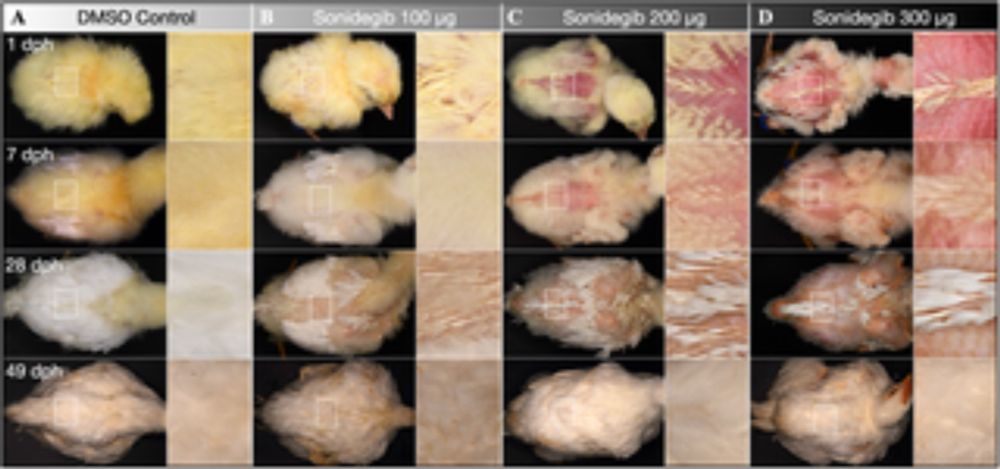David Haydock
@davidghaydock.bsky.social
42 followers
220 following
20 posts
Post-doc doing Neuroimaging @ucl.ac.uk
Interested in Neurophenomenology, and how we can develop analysis methods that benefit it
https://linktr.ee/davidghaydock
Posts
Media
Videos
Starter Packs
David Haydock
@davidghaydock.bsky.social
· Mar 20
Rory Cooper
@rorylcooper.bsky.social
· Mar 20

In vivo sonic hedgehog pathway antagonism temporarily results in ancestral proto-feather-like structures in the chicken
The Sonic Hedgehog (Shh) pathway is a key regulator of feather development. These authors show that in vivo Shh inhibition during early chicken embryogenesis temporarily results in unbranched and non-...
journals.plos.org
Reposted by David Haydock
David Haydock
@davidghaydock.bsky.social
· Feb 21

EEG microstate syntax analysis: A review of methodological challenges and advances
Electroencephalography (EEG) microstates are “quasi-stable” periods of electrical potential distribution in multichannel EEG derived from peaks in Glo…
www.sciencedirect.com
David Haydock
@davidghaydock.bsky.social
· Feb 21
David Haydock
@davidghaydock.bsky.social
· Feb 21
David Haydock
@davidghaydock.bsky.social
· Feb 21
David Haydock
@davidghaydock.bsky.social
· Feb 21
David Haydock
@davidghaydock.bsky.social
· Dec 26
David Haydock
@davidghaydock.bsky.social
· Dec 26
David Haydock
@davidghaydock.bsky.social
· Dec 26
David Haydock
@davidghaydock.bsky.social
· Dec 15
David Haydock
@davidghaydock.bsky.social
· Dec 15
David Haydock
@davidghaydock.bsky.social
· Dec 15
David Haydock
@davidghaydock.bsky.social
· Dec 15
Reposted by David Haydock
Reposted by David Haydock
Reposted by David Haydock



